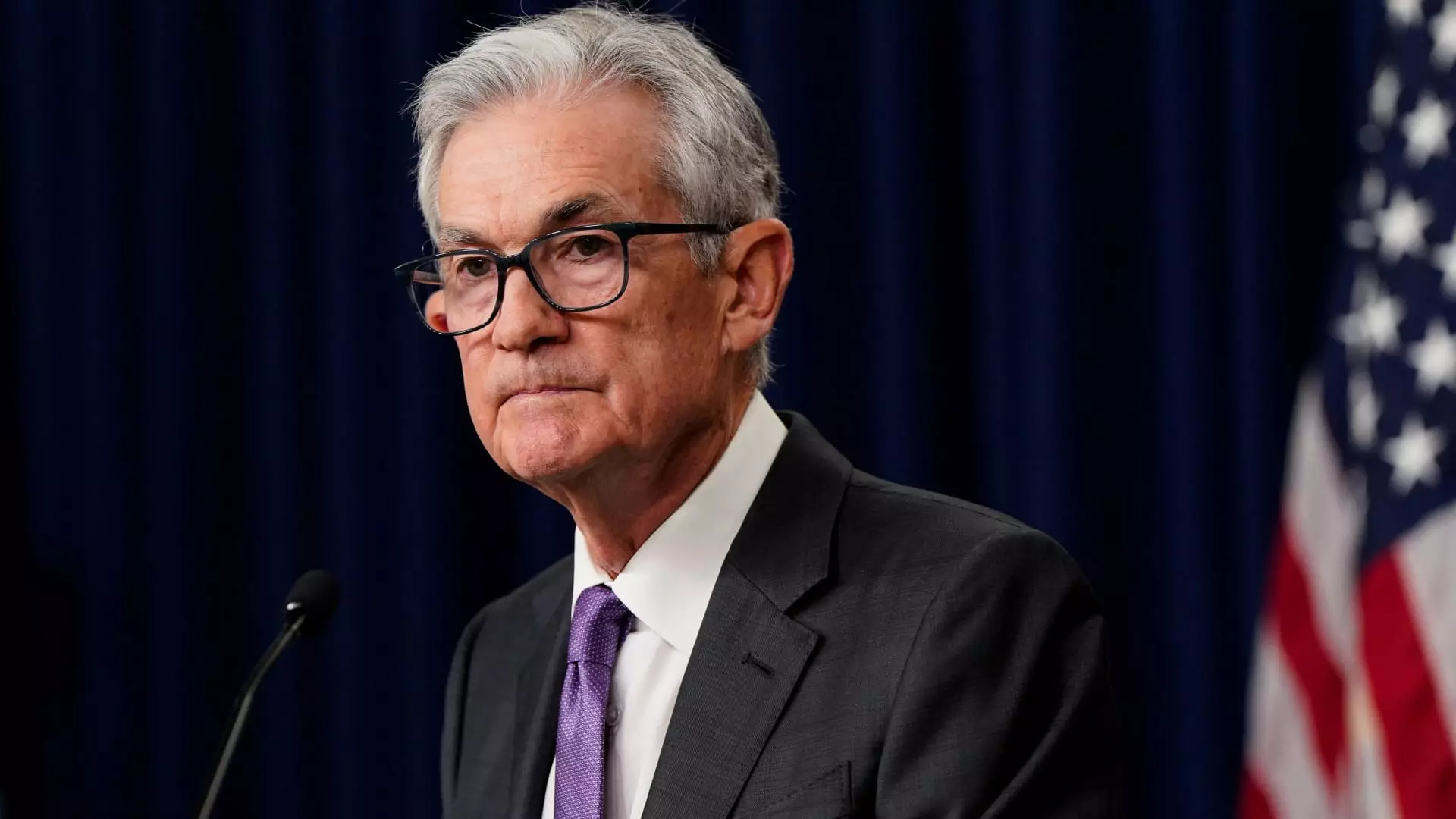The Federal Reserve is currently in no rush to lower its benchmark rate, despite earlier expectations of multiple cuts before the end of the year. Recent data, including a strong jobs report and a faster than expected increase in the consumer price index in March, indicate that inflation is staying stubbornly higher. As a result, experts believe that the Fed is likely to remain on the sidelines for now. Market indicators show that the probability of a rate cut in June is now less than 20%, down from nearly 80% just a month ago.
Since the beginning of 2024, higher-than-expected inflation data has made top Fed officials less eager to ease policy. Fed Chairman Jerome Powell has indicated that with the economy still growing at a healthy pace and unemployment below 4%, the Fed can afford to take a more measured approach when it comes to cutting interest rates. Powell stated in March that they are prepared to maintain the current target range for the federal funds rate for longer if necessary. The Fed believes that the risks of allowing inflation to persist currently outweigh the risk of triggering a recession.
Mark Higgins, senior vice president for Index Fund Advisors and author of “Investing in U.S. Financial History: Understanding the Past to Forecast the Future,” shared his views on the Fed’s current stance. Higgins believes that the Fed’s failure to address inflation in the past has had lasting impacts on their decision-making. He emphasized that the central bank is likely to remain extremely cautious this time around, even if it means keeping rates higher for longer. Higgins highlighted two significant mistakes in the Fed’s history – allowing the banking system to fail in the 1930s and the great inflation of the 1970s. These missteps continue to influence the central bank’s actions today.
Potential Risks of Premature Easing
While financial regulations and deposit insurance could prevent a banking crisis from occurring today, Higgins warns against the dangers of the Fed loosening its policy prematurely. He referenced the inflation crisis of the late 1960s, which led to high inflation rates by the early 1980s. To combat inflation, then Fed chair Paul Volcker had to implement record-high interest rates, which had a crippling effect on the economy. Higgins expressed concerns that the Fed may repeat the mistakes of the past by easing too early, potentially leading to a resurgence of inflation.
Federal Reserve Chairman Jerome Powell is cautious about mirroring the aggressive interest rate policies of the past, particularly those of Paul Volcker. In his recent remarks, Powell referenced Volcker’s approach to interest rates as a reason for policymakers to avoid easing up too quickly. Powell expressed concerns that reducing policy restraint prematurely could result in a reversal of the progress made in controlling inflation, ultimately necessitating even tighter policies to achieve the desired inflation target. Powell’s approach indicates the Fed’s intention to avoid repeating past mistakes.
By analyzing recent data and historical insights, it is evident that the Federal Reserve is taking a cautious approach towards implementing rate cuts. While the risks of allowing inflation to persist are acknowledged, the Fed is navigating a delicate balance between supporting economic growth and avoiding a resurgence of inflation. The lessons from history serve as a stark reminder of the consequences of premature policy actions. As the Fed continues to monitor economic indicators, investors and policymakers alike will be closely watching for any potential shifts in the central bank’s stance.

